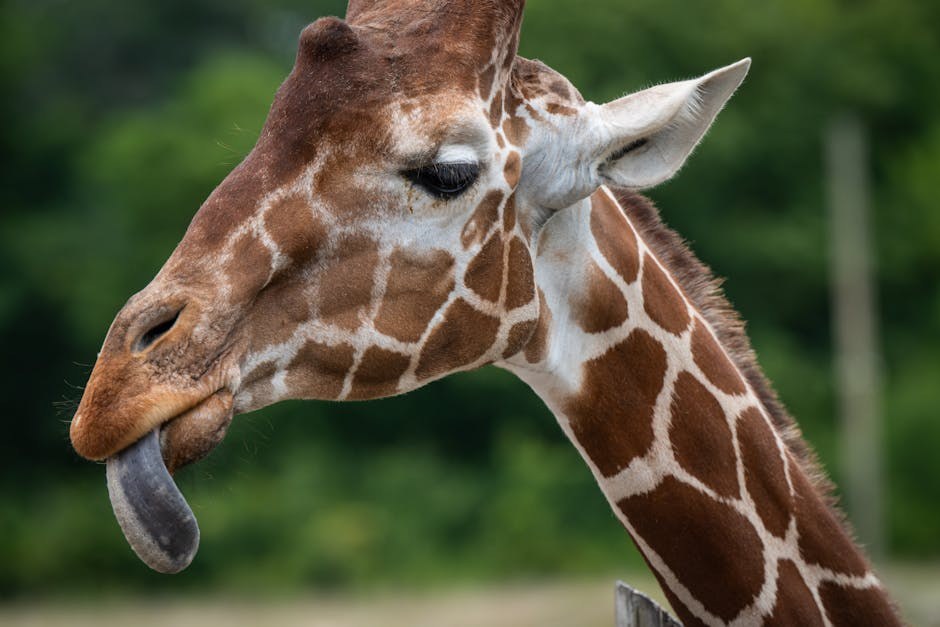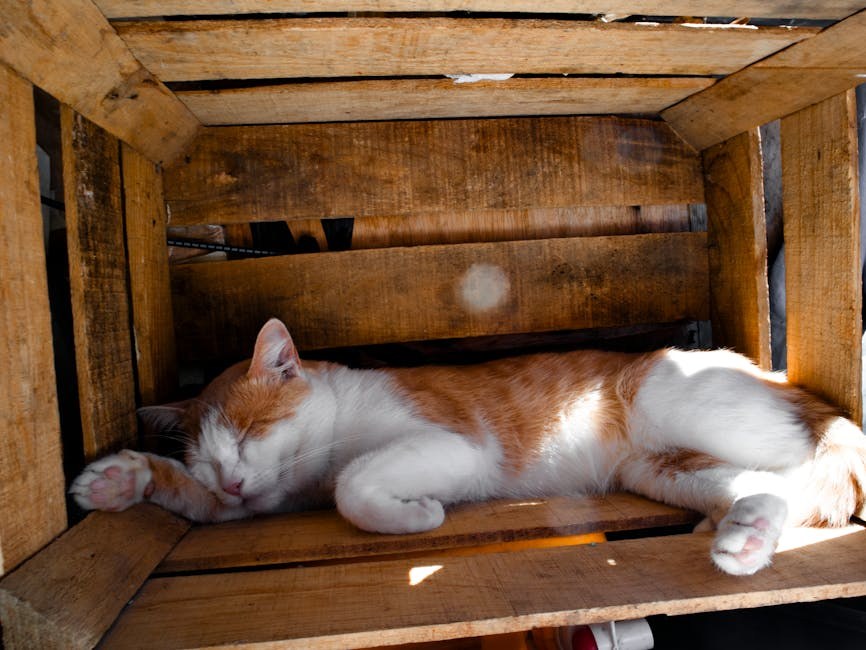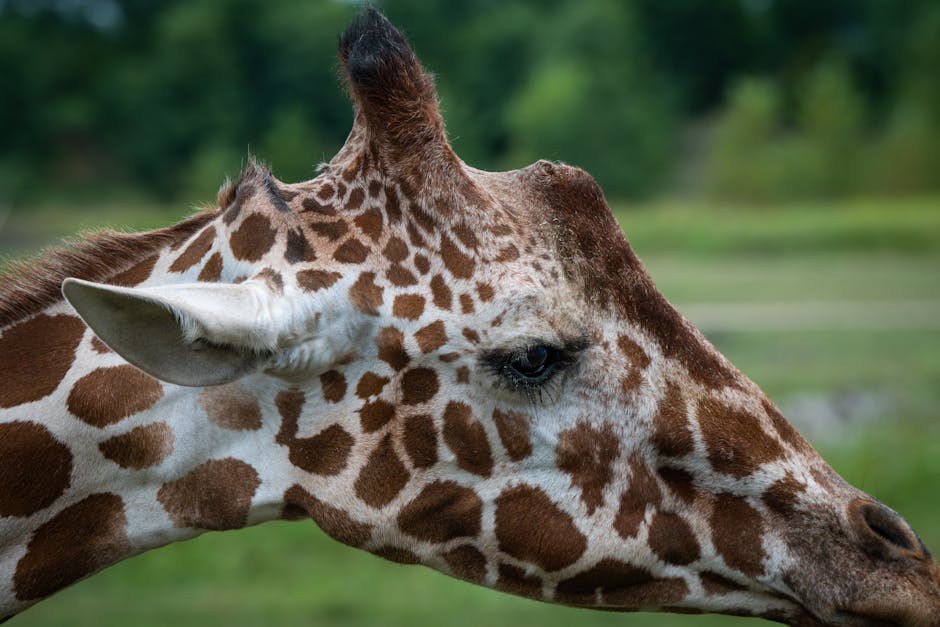The first kiss sits at a rare intersection of nerves and anticipation – a tiny slice of time that can feel as meaningful as an entire date. You do not need a script to get it right, yet a little awareness helps you relax and stay present. Think of it as a conversation without words: you listen, you respond, and you let the energy rise naturally. This guide reshapes the common advice into something calmer and kinder, so your first kiss feels less like a performance and more like two people choosing a small, shared adventure.
Why we load so much meaning onto a first kiss
A first kiss often acts like a lighthouse – it throws light on compatibility, timing, and comfort. We tend to treat it as a referendum on chemistry, which is why many people walk into it carrying too much pressure. The reality is gentler. A shaky start can still lead to a beautiful rhythm later, and a dazzling opener is not a binding contract for how every kiss will feel. Your goal is simpler: create a moment that shows respect, interest, and openness. When you approach a first kiss this way, you leave room for nerves without letting them steer the ship.
Another reason the first kiss feels big is that it is the first physical affirmation that interest flows both ways. Until then, you might be deciphering glances, jokes, and proximity. The kiss confirms – softly – that the flirting meant something. That is why pacing matters. If you slow down enough to meet in the middle, the first kiss becomes an arrival rather than an ambush.

Set the stage without overplanning
You cannot choreograph a first kiss, but you can set conditions that make comfort more likely. Treat preparation as a kindness, not a checklist. You are not trying to engineer fireworks – you are making it easy for sparks to catch.
Simple prep that keeps you present
Breath and freshness. If you sense a first kiss could happen, a quick rinse, gum, or a breath mint can quiet the self-conscious voice in your head. Avoid powerful foods right beforehand if you can. If the moment surprises you, remember the other person did not schedule it either – grace is part of the charm.
Comfortable distance. Sit or stand close enough that leaning in feels natural. The first kiss should feel like a small lean, not a leap. Crowded spaces make subtlety hard; quieter corners simplify the cues.

Soften the energy. Light, playful conversation and easy laughter loosen the shoulders. It is easier to enjoy a first kiss when your body is not braced like you are waiting for a surprise exam.
Signals that say “yes” without a word
Consent can be quiet and still be clear. Look for a combination of cues rather than one golden sign. When you learn to read the whole scene, your first kiss becomes collaborative, not a guess.
Eye contact that lingers. Conversation slows; eyes settle with a warm focus; smiles hold a little longer. That pause before the first kiss is where you both take a breath – and often where you both agree.

Responsive proximity. You move a touch closer; they do not back away. Maybe their knees angle toward you or their shoulder stays near yours. The body tells the truth gently; let it guide the first kiss to a natural starting point.
Soft touch that’s welcome. A light hand to the arm, a brief hug, or a playful nudge that’s mirrored back is a friendly green light. If touch goes unanswered, treat it as a request to slow down and give the first kiss a little more time.
How to approach the moment itself
When the cues line up, you do not need theatrics. The best first kiss often looks simple from the outside – two people who decided to meet in the same breath.
A calm, respectful approach
Ask if you are unsure. “Can I kiss you?” said gently, lands as sweet and respectful. It does not ruin the magic – it builds trust. When consent is explicit, the first kiss arrives with less static and more ease.
Close the space slowly. Shorten the distance in small steps. Pause halfway; notice their reaction. A gradual lean gives them a moment to meet you. It also gives you a beat to savor the start of the first kiss.
Tilt and aim with kindness. A slight head tilt keeps noses happy. Aim softly for one lip – often the lower – and allow the first kiss to rest there for a breath, not a marathon.
Part the lips just a little. Think of a relaxed exhale rather than an open door. Gentle pressure, a pause, and another light press – that is usually enough for a memorable first kiss.
Breathe through your nose when possible. Big mouth breaths can break the spell; quiet nose breathing keeps the rhythm unbroken. If you need air, take a small step back, smile, and return – turning the first kiss into a playful loop rather than a single note.
Hands with intention. Keep them where comfort lives: along the upper back, a shoulder, a forearm, or a cheek. The right touch adds tenderness to a first kiss and says, “I am here with you,” not “I am in a hurry.”
What not to do when the sparks start
Do not launch into intensity. A first kiss thrives on delicacy. Save deeper passion for later. Let curiosity, not urgency, steer this moment.
Avoid wandering hands. Respect is magnetic. Keeping boundaries clear during a first kiss builds trust and makes future closeness easier.
Keep saliva under control. Gentle pressure and measured motion help. If things feel too wet, ease back, breathe, and reset – your first kiss will feel better immediately.
Do not rush the rhythm. Speed is rarely romantic. Linger, pause, smile – let the first kiss unfold like a slow song.
Do not assume it leads somewhere else. A first kiss is complete on its own. Ending with a warm goodbye and a message later can be the most romantic path of all.
Turn nerves into something useful
Nerves signal that you care – and that is a beautiful starting point. Instead of fighting them, give them a job. Channel the extra energy into heightened attention. In a first kiss, attention is your superpower: you notice tiny shifts in breathing, the angle of a smile, or the way they relax when your hand reaches their shoulder. Those small observations keep you responsive and make the first kiss feel tailor-made rather than rehearsed.
Reframe the stakes. You are not auditioning; you are collaborating. If a move feels awkward, laugh softly and try again – the shared recovery becomes part of the charm. A first kiss remembered for a giggle can be more endearing than one remembered for flawless choreography.
Reading and respecting body language
Body language is context, not a courtroom. You are looking for consistent warmth – not one perfect sign. If your partner goes quiet but keeps leaning in, the first kiss may be right there. If they keep creating space, respect it. Curiosity without entitlement keeps the first kiss safe and sweet.
Opening cues: closer chair, angled knees, steady eye contact, softer voice, playful touches. These often point toward a welcoming first kiss.
Pausing cues: a step back, stiff shoulders, glances toward the exit, closed-off posture. Treat these as a signal to ease off and let the first kiss wait for a better time.
Making the moment memorable without overdoing it
Restraint is not the absence of passion – it is the form passion takes when it is listening. If you want a first kiss that lingers in memory, keep the gestures small and the presence big. A whisper of a smile beforehand, a gentle touch to the cheek, a pause afterwards with forehead-to-forehead stillness – these tiny choices can carry more electricity than anything flashy. The best first kiss often feels like a promise rather than a feat.
After the kiss: what to do in the seconds that follow
Let the silence glow. Pull back a breath; keep your eyes soft. A quiet beat lets the first kiss settle like a warm echo.
Say something simple and true. “I liked that,” delivered softly, is enough. You are not grading the first kiss; you are acknowledging the sweetness you both created.
Leave room for the next moment. Maybe it is another quick kiss, maybe it is a hand squeeze, or maybe it is goodnight. Allow the first kiss to be complete even if it is brief – completion invites a sequel.
Common hiccups and how to navigate them
Even with the kindest intentions, small snags happen. These are not disasters; they are human. Handling them gracefully can transform a clumsy start into a memory you both adore – sometimes the imperfect first kiss becomes the favorite story.
Accidental nose bump. Smile, reset your angle, try again. Turning a mishap into a shared grin adds warmth to the first kiss.
Timing mismatch. You leaned in; they hesitated. Back up a little and continue talking. If the vibe returns, let them lead. A patient pause can save a delayed first kiss.
Dry lips or too much pressure. Lighten the touch. Think soft punctuation, not a press. The next beat of the first kiss will feel instantly better.
Awkward hands. If you are unsure where to place them, keep one relaxed at your side and one on a neutral area like the upper back. You can always explore more once the first kiss finds its rhythm.
Building chemistry through pacing
Chemistry is not a switch – it is a dimmer. A careful ramp-up often outshines a fast burn. Start with brief, soft contact, then let the length grow with comfort. If you treat the first kiss like the opening line of a poem – measured, intentional, a little breathy – the rest of the stanza writes itself. Pacing communicates care, which is why a slower first kiss can feel more thrilling than a hurried one.
Hands, posture, and micro-movements
Your hands communicate more than you think. Keep your forearms relaxed, shoulders lowered, and fingers gentle. A thumb along the jawline, held still rather than wandering, can add tenderness to a first kiss. Mirroring also helps: if they are still, stay still; if they sway closer, meet them. When in doubt, less movement beats more – small adjustments make a first kiss feel precise rather than busy.
Let curiosity, not technique, lead
There is no universal method; there is only attention. What you offer during a first kiss is presence – the willingness to notice what this person likes today, not what someone else liked before. Curiosity turns you into a listener even while your lips are speaking. That is why a light, wondering pace can feel more intimate than a practiced routine. Treat the first kiss as an invitation to learn, and the learning itself becomes romantic.
When the moment should wait
Sometimes the sweetest choice is to save the first kiss for another day. If the setting is rushed, if one of you is distracted, or if heavy emotions are crowding the room, a warm hug and an unhurried goodbye may send a clearer message of care. Choosing to wait can build anticipation in the best way – respectful, steady, and considerate.
Simple scripts that feel natural
Words can support the moment without turning it into theater. If you like the clarity of asking, keep it light and sincere. The words are small; the feeling does the heavy lifting. Here are gentle lines that many people find comfortable:
“I’m really happy right now – may I kiss you?” A direct, tender bridge to a first kiss.
“I’d love to kiss you if you want that too.” A collaborative invitation that makes the first kiss a shared choice.
“Can I try something?” Pause, smile. If they lean in or say yes, the first kiss meets you halfway.
Keep the story open
What follows a first kiss can be as simple as walking to a ride share together, finishing your tea, or saying goodnight at the door. The message you send afterward matters almost as much as the kiss itself. A short text later – “I loved tonight” – continues the warmth without pressure. The first kiss becomes a beginning, not a test you had to pass.
Putting it all together
When you zoom out, a memorable first kiss has a few repeating notes: kindness, patience, and attentiveness. You prepare just enough to feel comfortable; you watch for cues; you move slowly; you keep your hands gentle; you let silence say something beautiful. If awkwardness visits – and it sometimes does – you greet it with a smile, make a small adjustment, and try again. That ease is the real spark. It tells the other person that you are not chasing perfection – you are choosing them, right here, in this breath.
And when the moment closes, do not rush to label it. Let the memory glow for a while. The next time you meet, you will carry that glow with you – and the second kiss will often feel even better than the first kiss.